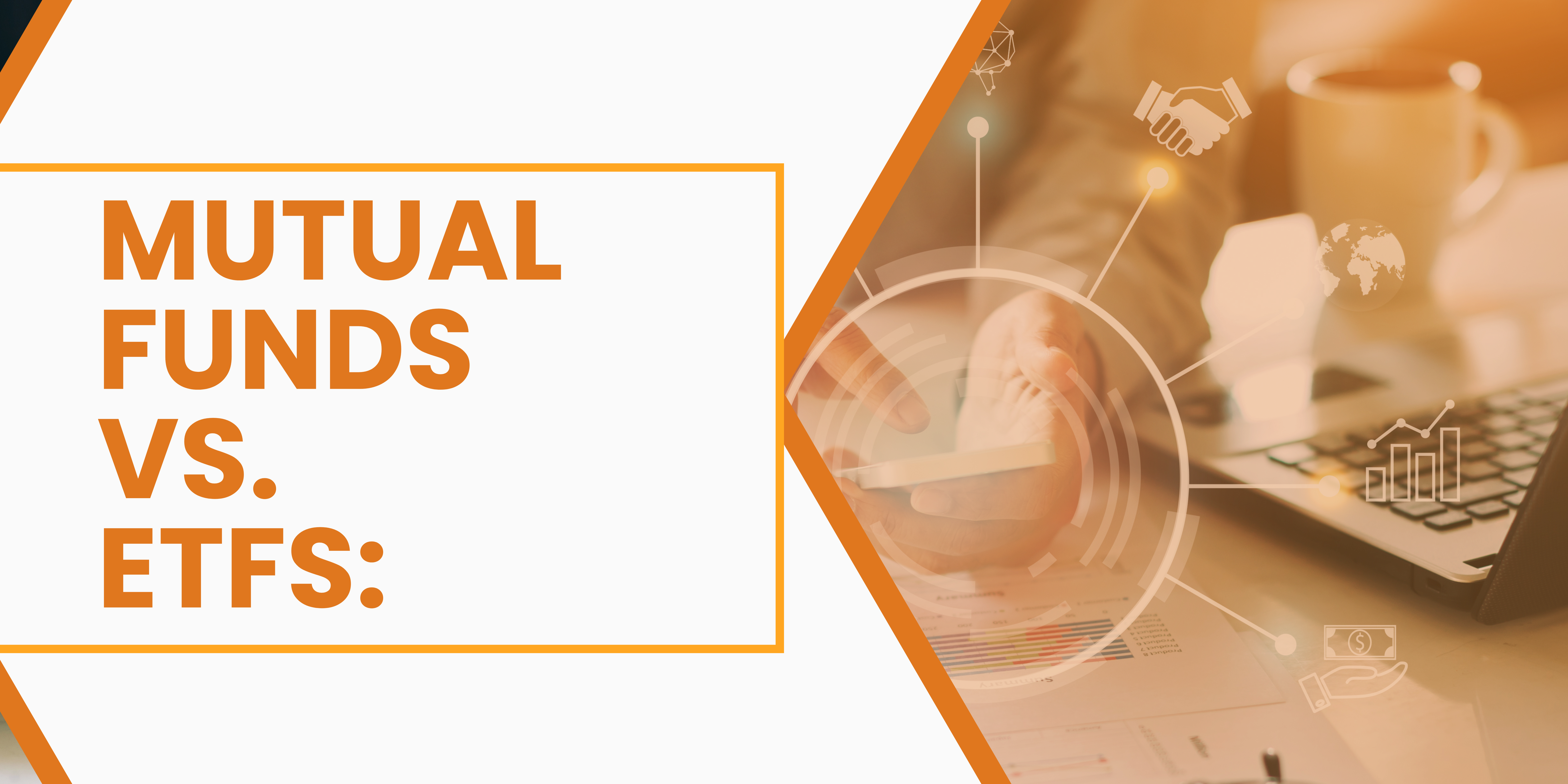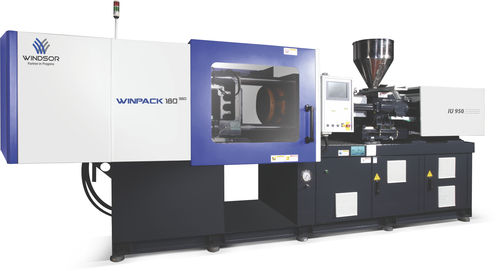Mutual Funds vs. ETFs: Key Differences and Benefits – Insights from Hemant Sood, MD of Findoc

Exchange Traded Funds (ETFs) and mutual funds are two major types of investment instruments that cater to the diversification of assets accessible to the shareholders.
Each of these options allows many investors to combine their money to invest in various forms of securities and would allow for diversification of the risks and rewards.
Currently, mutual funds control $21 trillion in AUM, or around 77 % globally, and have an estimated $1 trillion market worldwide in 2024. Thus, in the mutual funds and ETF market, the global giant company has a 7% share of overall simultaneous markets.
Nonetheless, mutual funds and ETFs are different, and the differences can meaningfully impact investment plans to various degrees. The structure, trading habits, management techniques, and cost differential are the major categories that differentiate them.
It is important to learn these differences as it helps one to decide and choose the best way to approach your investment depending on your needs and aspirations in life.
Mr. Hemant Sood, MD of Findoc recommends that investors compare Mutual Funds and ETFs on relative merits and demerits. He gives the following tips to investors including liquidity, cost, and objectives/aims of investments.
In Mutual Funds, services are undertaken by professionals, and the risk is usually well distributed across the money market, but the costs are relatively expensive.
On the other hand, ETFs have more flexibility and are cheaper than index funds but do not actively manage funds. Md of Findoc Mr. Hemant Sood particularly focuses on the requirements for investment decisions to incorporate the tolerance to risk factors and time horizon.
Distinguishing Between Mutual Funds and ETFs: Key Differences
1. Structure and Trading
· Mutual Funds:
They are purchased and sold through the fund company and at the last trading prices of the net asset value (NAV). They do not operate on the floor of the stock exchange hence stock prices are only updated once a day.
· ETFs:
FE investments in stocks are traded on the stock exchange just like an individual stock and the exchange of these stocks can take place at market rates at any point during the day. It helps investors to capitalize on movements that occur within a single day and thus invest in them.
2. Management Style:
· Mutual Funds:
Sometimes managed by a fund manager and his team whose main goal is to beat the market with the help of well-timed purchases and sales of securities. This active management can result in getting better returns than the index in question but may involve more costs and risks will be involved.
· ETFs:
Usually, index funds with some of them acting as index funds intend to replicate the performance of a specific index, though there are actively managed ones as well.
The type of funds – passive – naturally experiences lesser expenses than active management, and the returns also conform to the market index.
3. Costs:
· Mutual Funds:
In most cases, charge higher management fees because of the active management and administrative surcharges that may include sales loads (commission). These costs are expressed in money which would come out from the total return on investment because of the higher cost of production.
· ETFs:
Often have lower expenses, particularly predominantly index funds. They may attract brokerage commissions when operated, but the total costs are often cheaper than mutual funds expenses.
4. Minimum Investment:
· Mutual Funds:
Usually demand a specified amount to be invested in the fund, and this can be a minimum subscription amount which differs from one fund to the other.
This minimum can at times pose a problem for new or small investors, hence the need to remove barriers to entry and possibly invest in Mutual funds that have higher maturity periods.
· ETFs:
They are more favorable to the small investor since the minimum investment they make is not any amount above the price per share. It also enables investors to begin with little capital that one must invest, which normally encourages more investors to invest.
Maximizing Your Investment Potential: The Benefits of Mutual Funds and ETFs
1. Diversification:
Besides, both mutual funds and ETFs involve the diversification of financial resources since the money is pooled together from numerous investors to purchase different financial instruments. This affords protection against specific securities risks and assists in portfolio or investment diversification.
2. Accessibility:
· Mutual Funds:
Provide outsourced professional management services and are ideal for passive investors who do not want to get involved in the day-to-day decision-making processes of the investment vehicles that they are funding. These funds assist the investors in basing their investments on the skills of fund managers.
· ETFs:
Permits investors to trade during the day and is fitting for extremely energetic traders. They consist of quick-intraday trading ability that gives an investor the chance to respond to market shifts.
3. Cost-Effectiveness:
· ETFs:
It is often cheaper than funds since it allows the manager to charge lower fees that may be spread out over a long period. In general, funds with a lower expense ratio could generate more net return over time, thus ETF’s lower expense ratios.
· Mutual Funds:
While usually clarifying at a premium, they offer an opportunity to work with professional managers which can be useful for those planning to invest and get an individual approach. It may generate higher returns and, thus, justify for managers or other scrutinizing investors who have the appetite for incurring higher costs.
4. Transparency:
· ETFs:
They offer more transparent information since their holdings are disclosed in a day. This will enable investors to comprehend fully what they own and enable other improved decisions to be made.
· Mutual Funds:
They provide them at least once every three months which may be inconsequential for investors interested in the latest figures. However, this level of disclosure is deemed adequate for strategic investors who are not interested in daily figures and updates.
Wrapping Things Up
It is also crucial to understand that both mutual funds and ETFs have a unique combination of benefits, and it is necessary to classify investors to determine who will be potentially interested in investing in every type of these funds.
Categorizing these two investments differs and identifying those differences can assist you in achieving certain objectives that are well suited to your fiscal objectives and action plan.
Many investors still find mutual funds attractive for professional management of funds while ETFs provide more freedom and lower cost thus proving to be valuable for constructing an effective investment portfolio.
The above views are of the author’s personal opinion. One must consult with an investment advisor/consultant before investing/trading.





